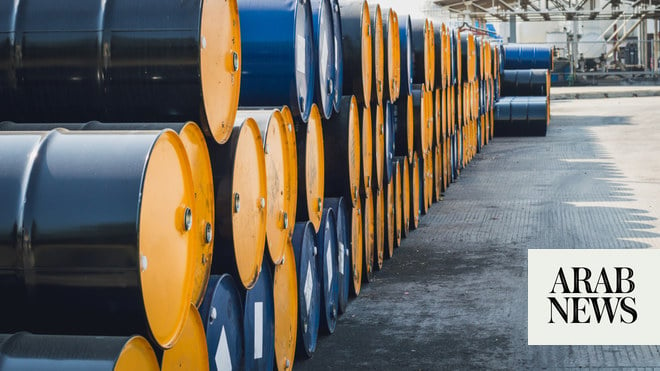
* To cut 8.5 bln NOK of costs from 2019-2025
* Previous target was 7.3 bln NOK for 2019-2023
* Sees capex of 9.0-9.5 bln NOK per year from 2021-2025 (Adds share price, background, detail)
OSLO, Dec 10 (Reuters) - Norsk Hydro will cut more costs and step up growth in metal recycling, renewable energy and its recently established batteries-making unit as the Norwegian aluminium-maker strives to recover from a tough few years.
Hydro’s operations have faced a string of major disruptions, including a 2018 spill that reduced raw material supplies from Brazil, a 2019 cyber attack that paralysed the organisation and then the COVID-19 outbreak in 2020.
While demand for metals plunged early in the pandemic, resulting in a big oversupply of aluminium, the market has gradually recovered.
Hydro, one of the world’s largest aluminium makers, now aims to cut costs by 8.5 billion Norwegian crowns ($963 million) between 2019 and 2025, up from a previous goal of 7.3 billion crowns for 2019-2023, it said in a strategy update on Thursday.
“We’re raising the bar, setting a new ambitious improvement target for 2025, combined with a clear strategy to make Hydro a profitable and sustainable industry leader,” Chief Executive Hilde Merete Aasheim said in a statement.
While some units could face cuts, Hydro did not say whether the size of its 36,000 global workforce would change.
Pursuing growth within existing operations could add a further 2 billion crowns in annual earnings by the middle of the decade, and planned moves in recycling, renewable energy and batteries could also make significant contributions, it said.
Hydro also aims to eventually spin off minority stakes in battery ventures, listing them on the stock market, it said.
Capital expenditure for 2021-2025 is expected to be 9.0-9.5 billion crowns per year, up from 7 billion in 2020, when Hydro sough to preserve cash and protect its investment grade credit rating.
While global aluminium production currently exceeds demand, the surplus is expected to shrink in coming years and could swing to a small undersupply by 2023, Hydro said.
The metal’s price has climbed 40% from four-year lows in April and now trades above $2,000 per tonne for the first time since 2018.
Hydro’s share price, which has doubled from an 11-year low in March, was up 2.1% at 0826 GMT, outperforming a 0.1% rise in Oslo’s benchmark index. (Editing by Terje Solsvik and Mark Potter)












